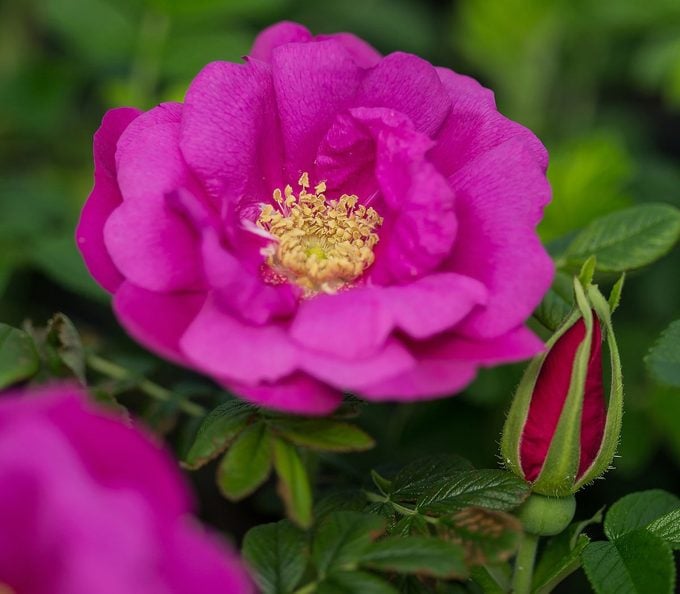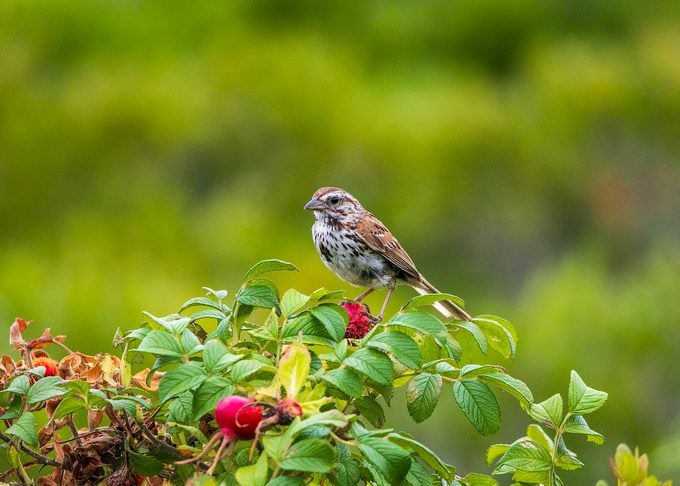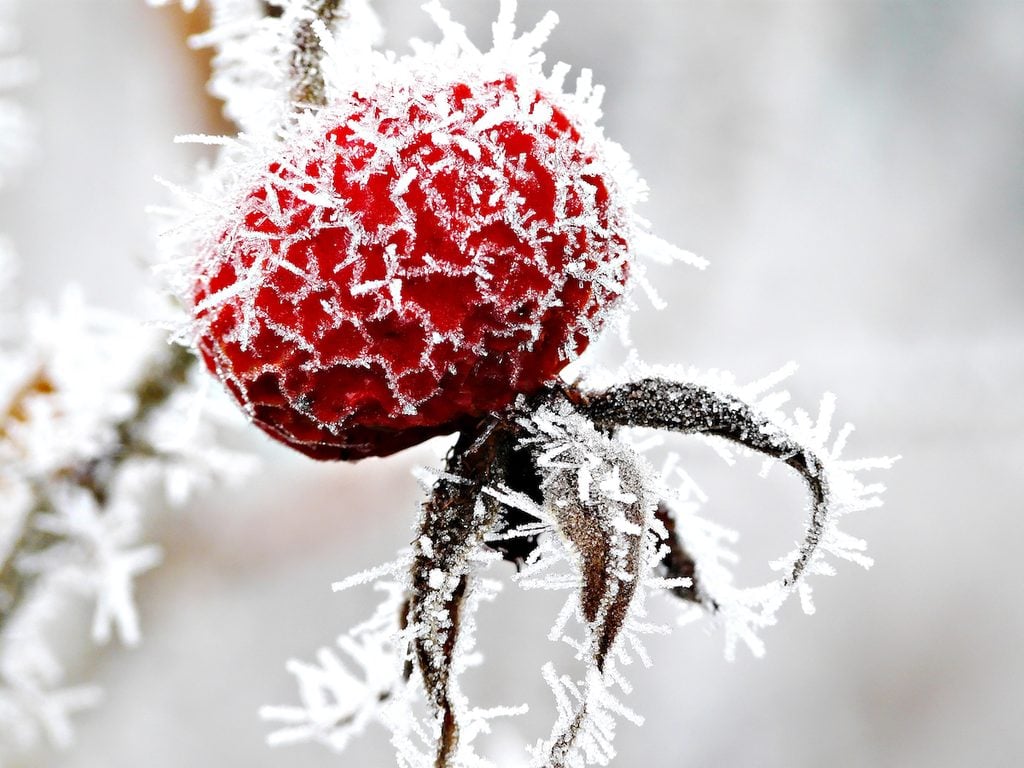Grow an Easy-Care Rugosa Rose for Rugged Beauty
Updated: May 08, 2024
Forget what you know about roses and discover why long-lasting, fragrant rugosa roses are sure to be a gorgeous garden winner.
On This Page
Rugosa Rose Care and Growing Tips

- Common names: rugosa rose, beach rose
- Botanical name: Rosa rugosa and hybrids
- Hardiness zones 2 to 10
- Light needs: Full sun
- Soil: Moist, well-draining
- Size: 3 1/2 feet to 6 tall and wide
Rugosa rose is a tough and adaptable shrub rose native to Asia. Its name Rugosa translates in Latin as “wrinkled” because of its leathery, dark green foliage. The plants can be heavily thorned. The blooms, ranging from white to magenta yellow, orange and red, can be single or double. They are often quite fragrant, usually displaying an open center full of bright yellow stamens.
Indiana-based rosarian Teresa Byington, who consults for the American Rose Society, says rugosas are so resilient that there’s one for nearly every sunny garden.
While they will grow even in sandy coastal regions, a rugosa rose prefers acidic to neutral, moist, and well-draining soils in full sun. Rugosas can tolerate significant drought once established and even salt spray. Deer may nibble the flowers, but won’t do much damage to the well-armed stalks.
Their most profuse bloom is during early summer, but Teresa says deadheading will encourage rebloom through the growing season.
She appreciates the spicy-sweet fragrance of their flowers, their bright fall hips, and the rugged disposition of their disease-resistant foliage.
Unlike many roses, rugosas prefer a hands-off approach. She says, ” they do not respond well to any kind of sprays,” making them “excellent choices for the organic gardener.”
Pruning Rugosa Roses
As a group, roses are notorious for needing regular pruning, but your rugosa rose will need very little pruning.
“Rugosas do not need the type of pruning many roses need, but can be pruned to control size,” Teresa says. She recommends pruning out dead wood and oldest canes from the base in late fall or very early spring. If overgrown, they are tough enough even to handle being pruned down to a foot tall, she says.
Are Rugosa Roses Invasive?
The plants are easy to grow and can spread by seeds and suckering, making a fast-growing hedge or barrier. They have become invasive in parts of the U.S. and Canada, so check your state’s invasive plant list before planting, especially near wild areas.
Rugosa Rose Wildlife Benefits

Bees love their flowers and birds devour their seed heads, called hips. Their dense branches offer small birds winter shelter, too.
Rugosa Rose Hips

Thanks to their one-inch orange-red hips in fall, rugosas are sometimes called “sea tomatoes.”
Rugosa rose hips have more vitamin C than oranges and can be used to make a delicious tea, jam or jelly. Rugosa rose hips are said to be the most delicious in the rose family.
About the Expert
Sources
- American Rose Society
- Maine Department of Agriculture, Conservation & Forestry
- The Garden Diary
- Missouri Botanical Garden
- National Library of Medicine
- North Carolina Cooperative Extension – Rosa rugosa
- USDA Natural Resources Conservation Service
Why Trust Us
For nearly 30 years, Birds & Blooms, a Trusted Media Brand, has been inspiring readers to have a lifelong love of birding, gardening and nature. We are the #1 bird and garden magazine in North America and a trusted online resource for over 15 million outdoor enthusiasts annually. Our library of thousands of informative articles and how-tos has been written by trusted journalists and fact-checked by bird and garden experts for accuracy. In addition to our staff of experienced gardeners and bird-watchers, we hire individuals who have years of education and hands-on experience with birding, bird feeding, gardening, butterflies, bugs and more. Learn more about Birds & Blooms, our field editor program, and our submission guidelines.





















